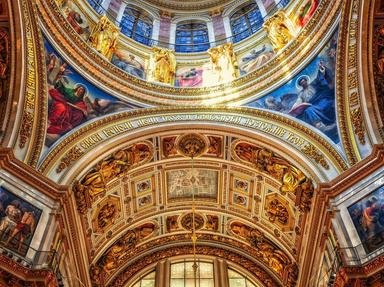Quiz Answer Key and Fun Facts
1. An earthquake followed by an angel sitting on the sealing stone.
2. The tomb guards get bribed by the chief priest to deny the resurrection.
3. The "Great Commission" to make disciples of everyone in the name of the Father, the Son, and the Holy Spirit.
4. The women wonder who will roll away the stone from the tomb.
5. Salome is at the empty tomb with two of the Marys.
6. A young man dressed in white robes proclaims, "He has risen!"
7. Joanna and the other women suddenly encounter two men in the tomb.
8. Cleopas on the road to Emmaus does not realize he is talking to Jesus.
9. Jesus appears in the upper room hungry and eats broiled fish.
10. Jesus leads them to Bethany where He ascends into heaven.
11. At dawn, Mary Magdalene goes to the tomb alone and does not enter.
12. Peter loses a foot race to another disciple to see the empty tomb.
13. Mary mistakes Jesus for the gardener.
14. Thomas doesn't believe in the resurrection until he sees with his own eyes.
15. Jesus forgives Peter and tells him to feed His sheep.
Source: Author
BigTriviaDawg
This quiz was reviewed by FunTrivia editor
looney_tunes before going online.
Any errors found in FunTrivia content are routinely corrected through our feedback system.
